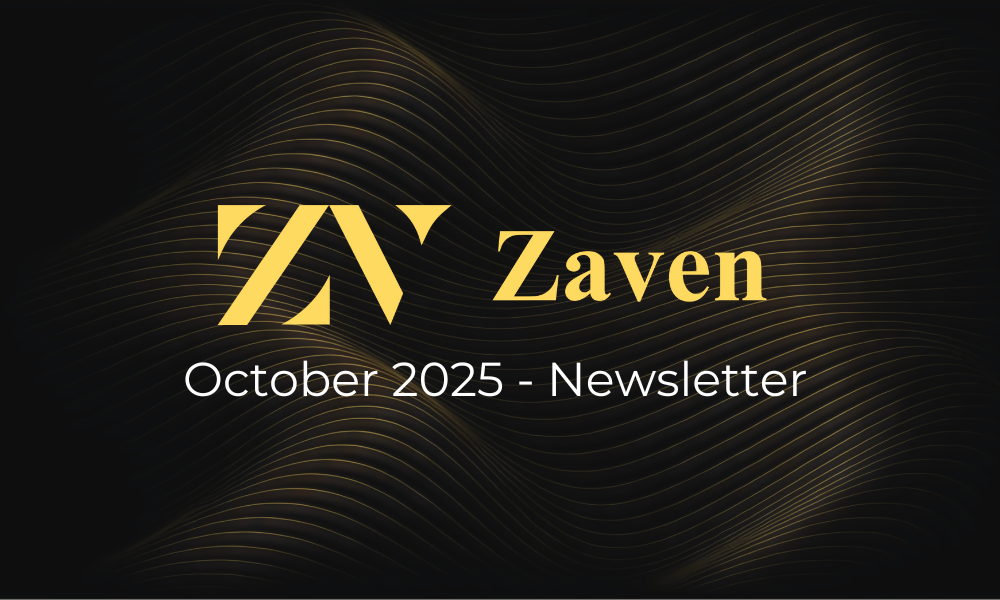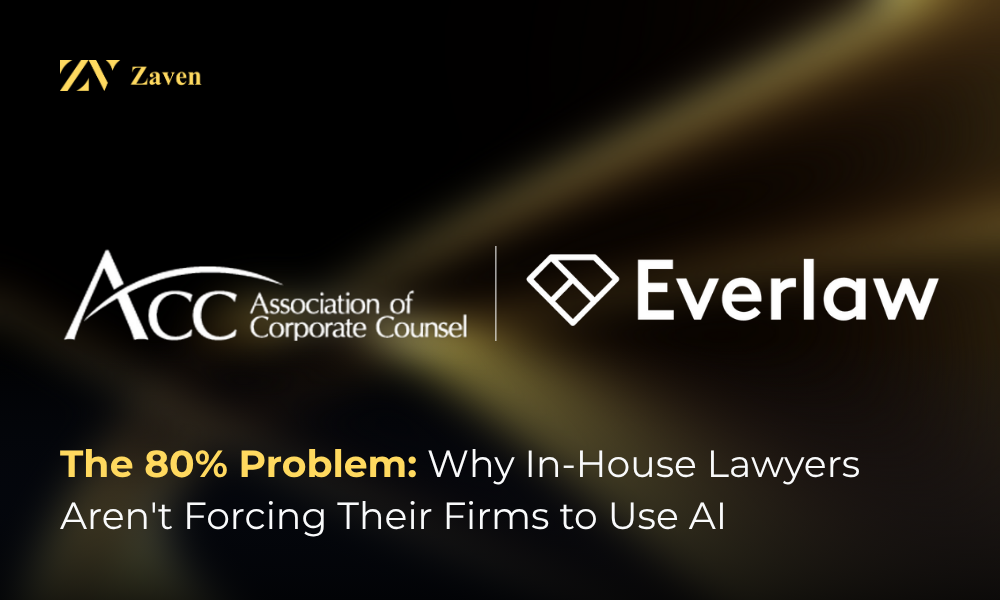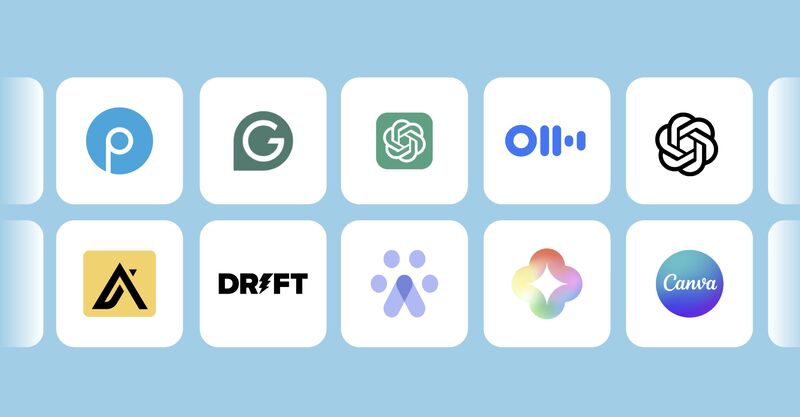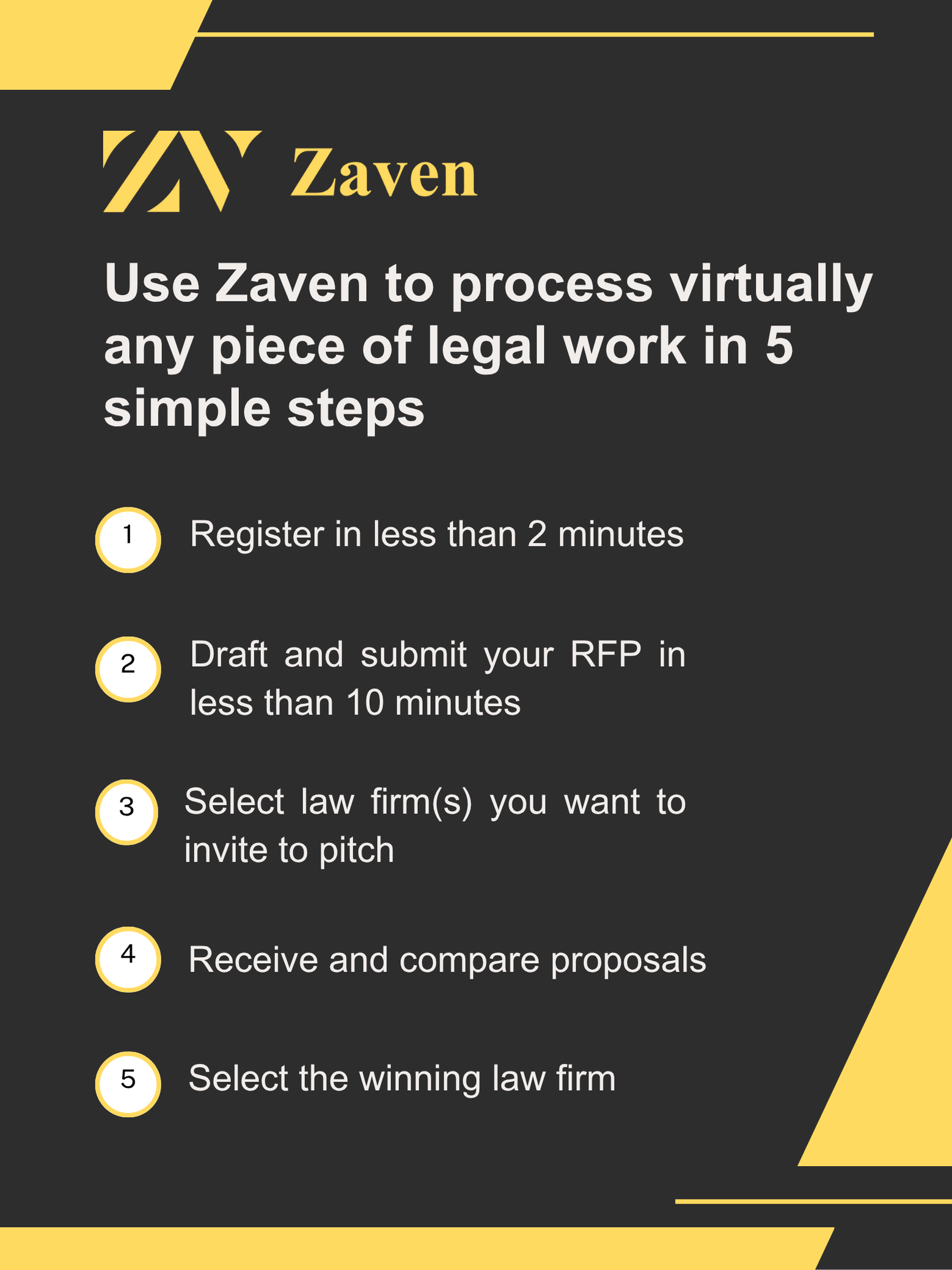The AI landscape in 2025 presents a striking paradox: while business leaders overwhelmingly recognize AI’s importance to their bottom line, many lack structured plans for implementation. A recent Dentons survey of 450 business leaders reveals that 63% operate without a formal AI roadmap, despite 74% viewing AI as crucial for revenue protection.
The Investment Surge
The numbers are staggering:
- Over $150 billion poured into AI capital expenditure by major tech companies
- Global AI market exceeding $184 billion
- Predicted $15.7 trillion contribution to the global economy by 2030
- Expected $250 billion spending on AI infrastructure in 2025 alone
Beyond the Hype: Key Challenges Emerge
The real story isn’t in the numbers but in the emerging challenges. Organizations face three critical areas of concern:
- Intellectual Property Complexities The intersection of AI and IP rights demands immediate attention, particularly regarding generative AI outputs and licensing models. Companies must navigate uncharted territory in protecting AI-developed innovations and content.
- Procurement Strategy As AI becomes central to growth strategies, organizations must develop sophisticated procurement approaches that balance innovation with compliance. This includes anticipating regulatory changes while securing competitive advantages.
- Regulatory Preparedness With the EU AI Act’s initial provisions taking effect, organizations face new compliance challenges. This regulatory shift demands proactive governance frameworks that address privacy, security, and ethical considerations.
Looking Ahead
The message is clear: while AI presents unprecedented opportunities, success in 2025 requires more than technological investment. Organizations must bridge the gap between AI ambitions and practical implementation through robust governance frameworks and strategic planning.
For business leaders, the key lies not in rushing to adopt AI, but in building sustainable foundations that can support long-term AI integration while managing emerging risks and regulatory requirements.







